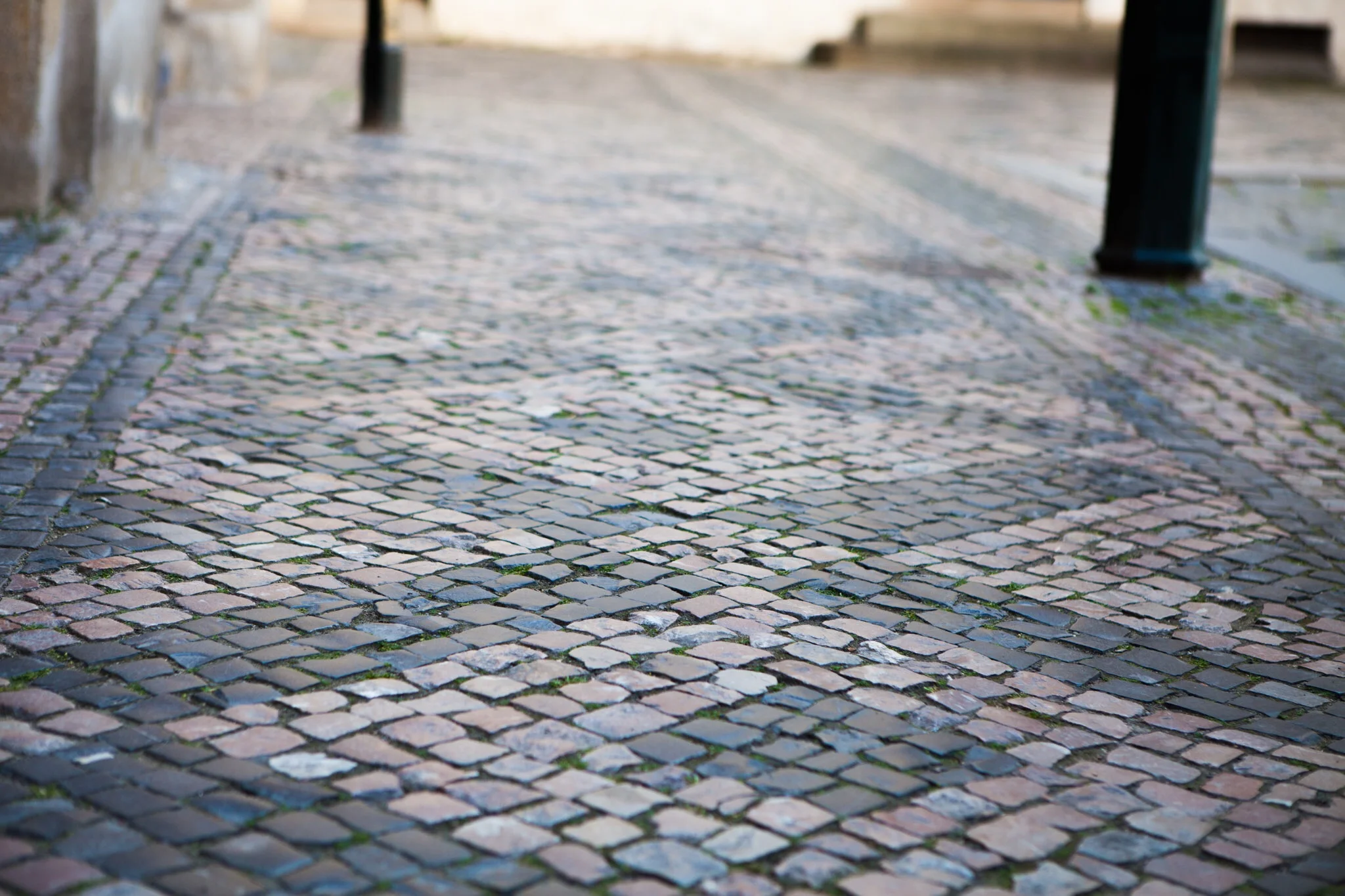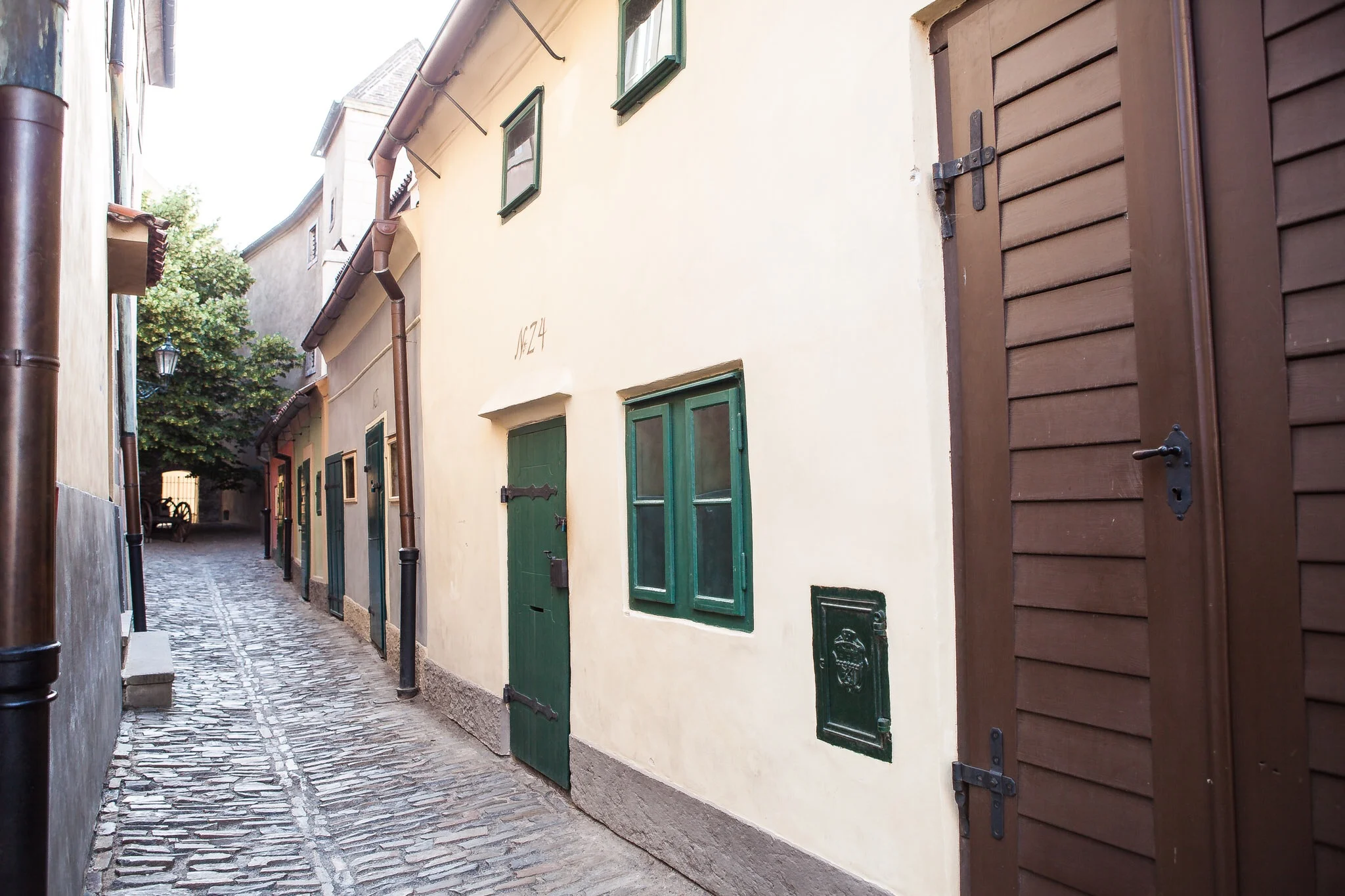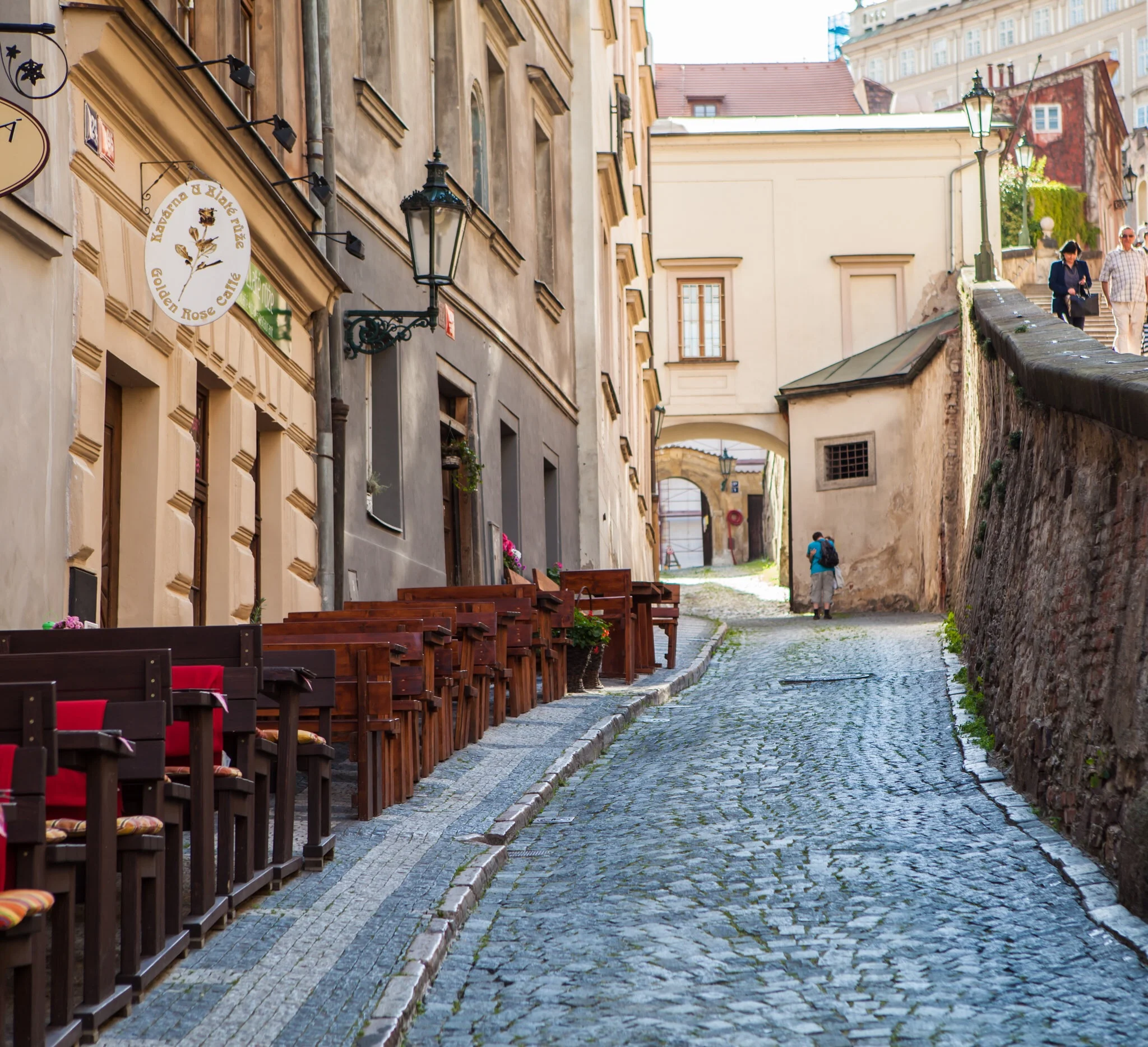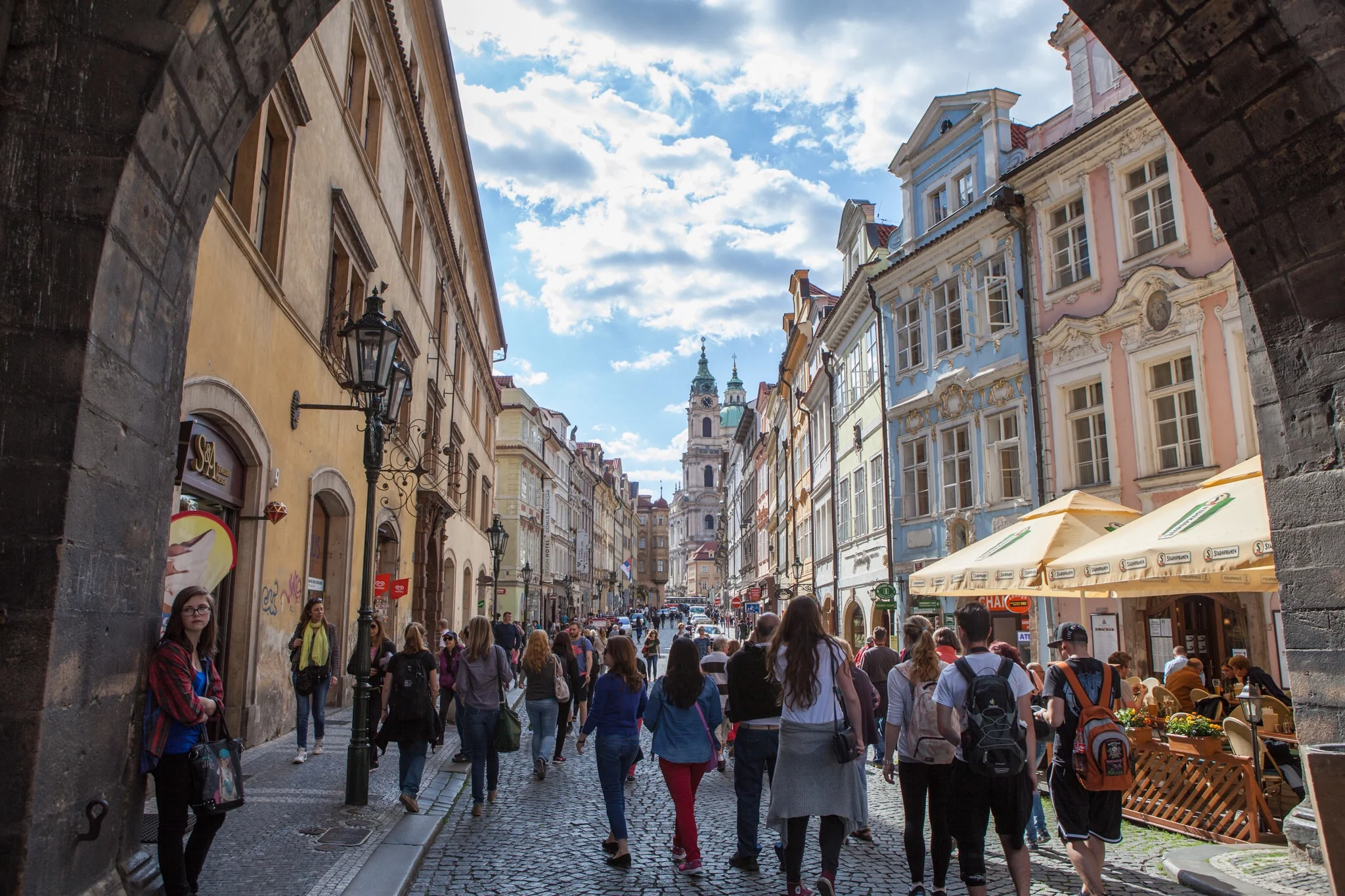The Allure of Cobblestone Streets
Bumping up and down is a familiar feeling to those who travel by car through European cities. The iconic cobblestone streets that remain a fixture throughout the continent, provide a roughness to the ride unlike the smooth asphalt pavements of modern day roads. Many of these streets remain from the times of the early Roman Empire during which their primary purpose was to transport military personnel. However, throughout the years these roads have grown to represent much more than humble pathways. They have been trodden on by the likes of Augustus Caesar and Napoleon Bonaparte, they have witnessed the changing of regimes through the tumult of the French Revolution and the independence of Slavic nations, yet they still stand, weathering storms, soaking up sunlight, as icons of human achievement, downfall, and emotion.
On the drives here in the United States, the thought of asphalt streets barely crosses my mind, much less their intrinsic meaning and symbolism, yet somehow, I find these cobblestone streets and the stories behind them intriguing like no other. These streets bring to mind an era of European splendor and grandeur, of unencumbered bliss and tucked away Parisian cafés with the aroma of fresh bread wafting into the crisp air. They bring to mind revolution and rebirth, the clip - clop of horses' hooves, but most of all cobblestone streets induce a sense of romanticism, the ideal of travel, learning, and experiences.
The initial emergence of cobblestone roads in Rome allowed the Romans to maintain their vast empire and led to the coinage of the phrase, “All roads lead to Rome.” Merchants from all over the globe used the roadways to sell their goods. From the era of chariots to the present day, travel has allowed human beings to interact with each other, to share ideas, to learn of new cultures, and has ultimately led to the interconnectedness we are accustomed to today.
Now the streets of any city are a testament to their own unique culture. Walking through Prague in the present day it’s common to see dancers in the squares, tourists riding around on segeways, and children popping large bubbles. In Vienna, bikes are constantly whizzing by as the city has designated bike lanes next to almost every walking route.
Perhaps, the idealistic spirit in which I view these streets induces their magnetic allure, yet even as I admit this to myself, every time I visit Europe, these cobblestone streets once again command my attention.




